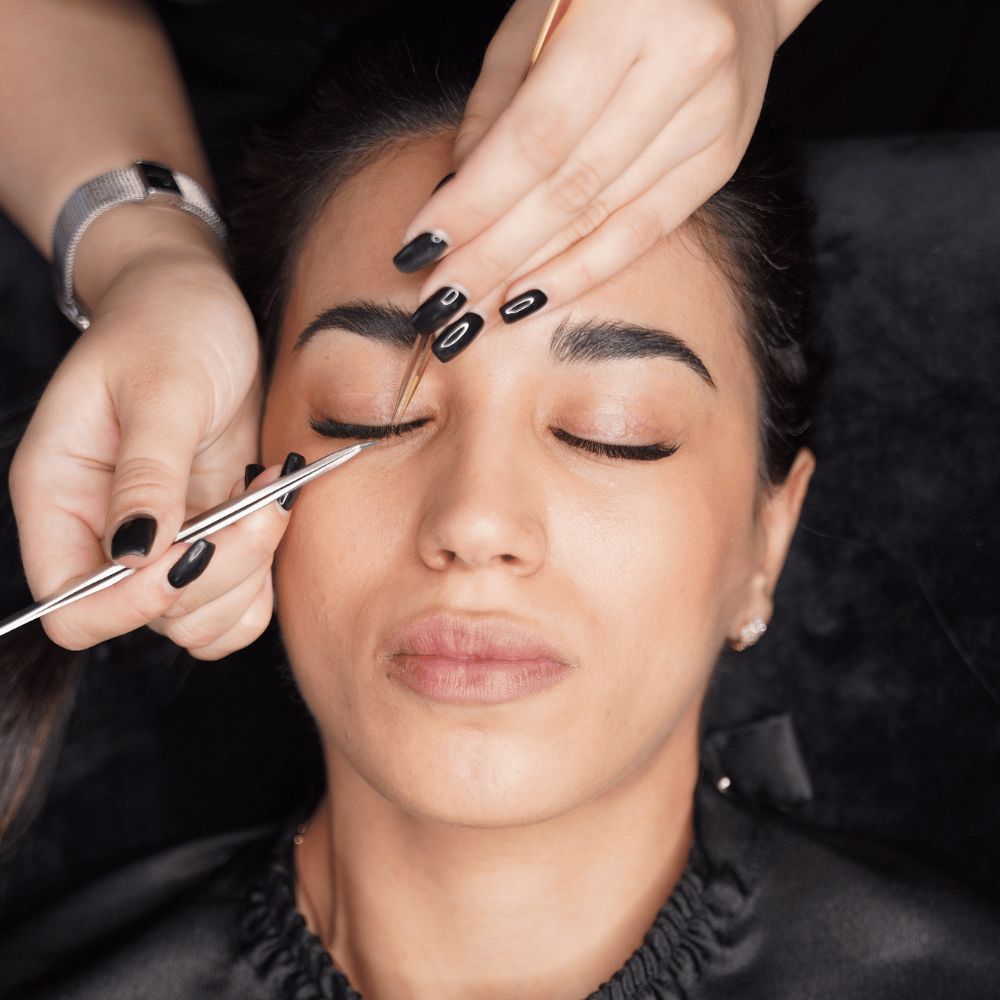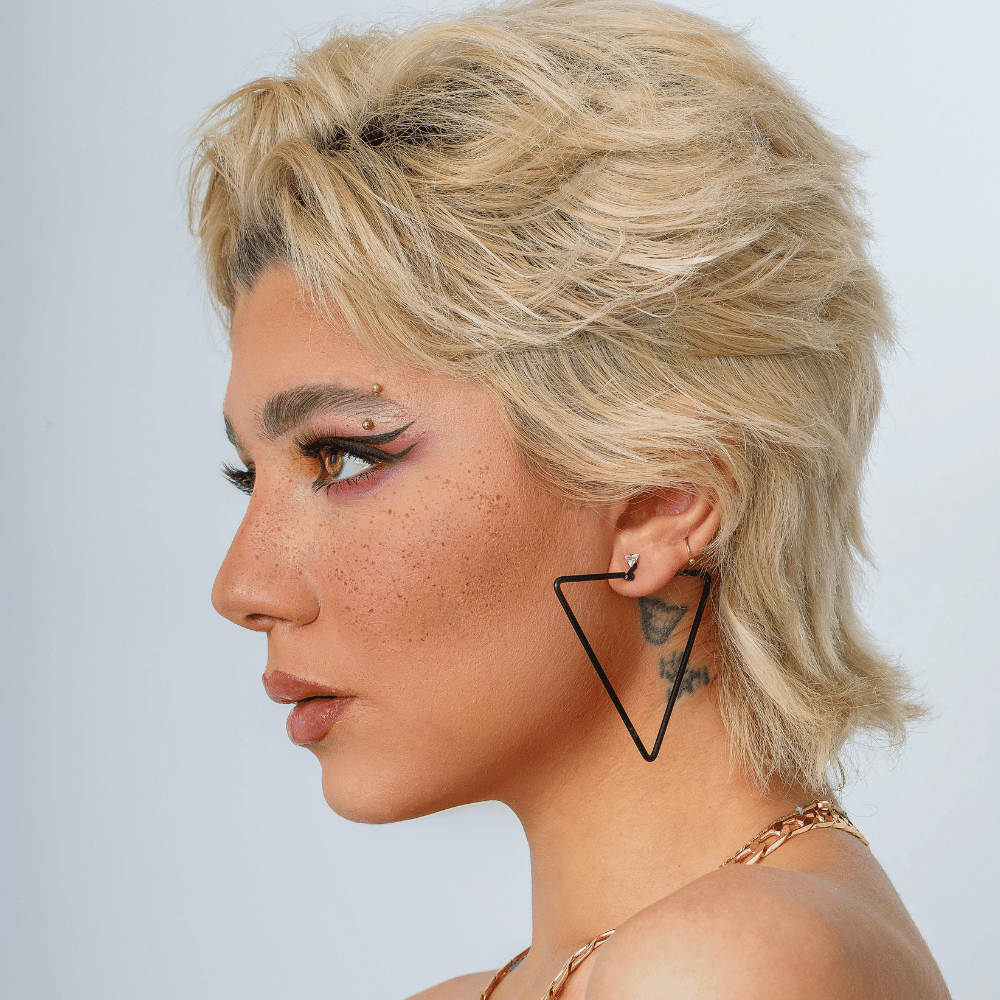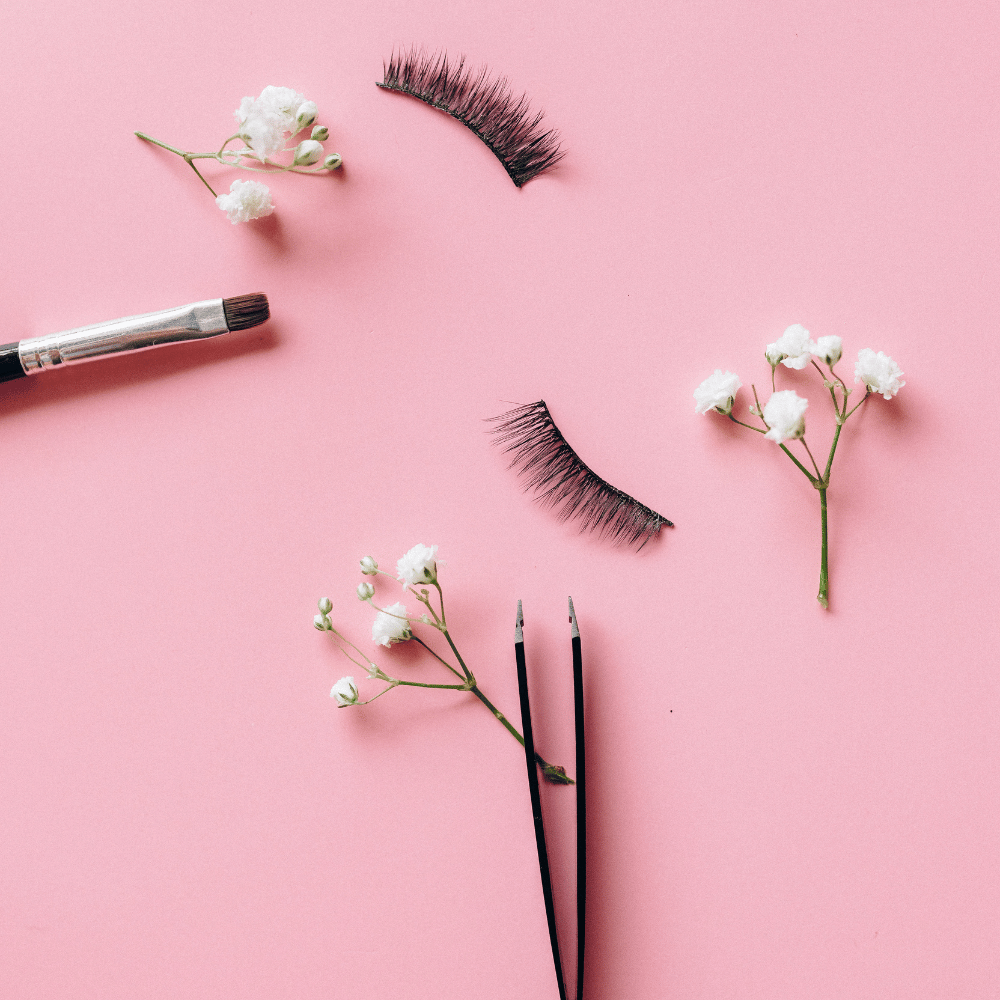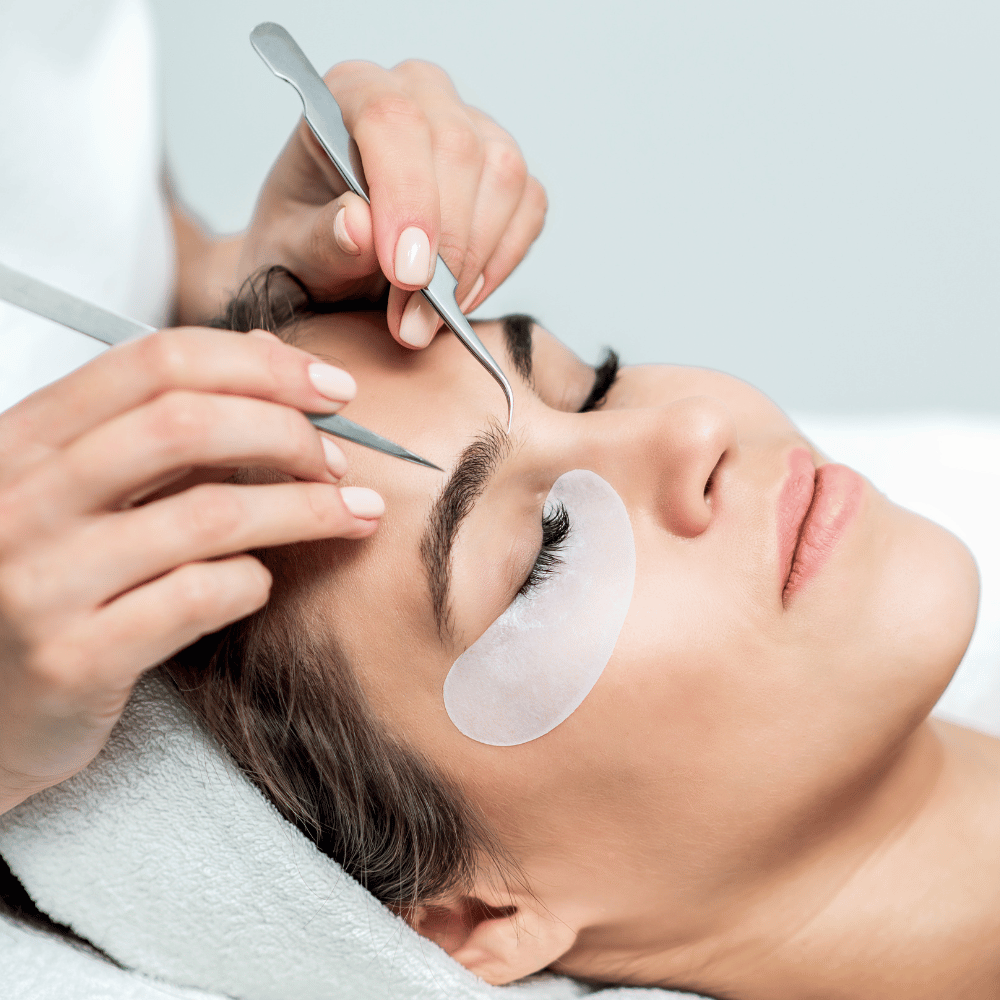Eyelash glue is a crucial element of any lash lover's kit. It's the glue that keeps your lashes in place and ensures that they stay put for the duration of your event or activity. With so many different eyelash glue options available, it can be tough to choose the right one. In this buyer's guide, we'll cover everything you need to know before you buy eyelash glue.

Mastering the Art of Eyelash Adhesion
Types of Eyelash Glue
There are three main types of eyelash glue: clear, black, and white. Clear glue is ideal for those who prefer a natural look and want their lashes to blend seamlessly with their own. Black glue is great for those who want to add extra drama and volume to their look, as it creates a more noticeable contrast. White glue is best for those with fair skin, as it dries clear and doesn't leave a noticeable residue.
Formulations
Eyelash glue also comes in different formulations, including latex-based, latex-free, and waterproof. Latex-based glue is the most common type and is usually the least expensive. However, some people may have an allergic reaction to it. Latex-free glue is a great alternative for those with sensitive skin. Waterproof glue is perfect for those who plan to wear their lashes for an extended period, such as during swimming or a rainy day.

Applicator
Eyelash glue can come with either a brush applicator or a squeeze tube. The brush applicator allows for more precise application, while the squeeze tube can be messier but provides better control over the amount of glue you use. Choose the applicator that works best for you and your skill level.
Drying Time
Different eyelash glues have different drying times. Some may dry almost immediately, while others may take a few minutes to fully dry. Be sure to choose a glue that has a drying time that works for you and your needs.
Strength
The strength of eyelash glue can vary greatly between different brands and formulations. Some glues are designed to last for several hours, while others can hold lashes in place for up to 24 hours. Consider how long you plan to wear your lashes and choose a glue with the appropriate strength.
Removal
Finally, consider the removal process when choosing an eyelash glue. Some glues require an oil-based makeup remover to dissolve, while others can be easily removed with warm water. Choose a glue that has a removal process that fits your lifestyle and preferences.
In conclusion, choosing the right eyelash glue is crucial to achieving the perfect lash look. Consider the type, formulation, applicator, drying time, strength, and removal process when making your decision. Our top selections include Kiss Strip Eyelash adhesive, Lily Lashes Clear Eyelash Glue, DUO Strip Eyelash Adhesive, Bepholan Eyelash Glue, and Duo Brush on Lash Adhesive with Vitamins.

FAQs About Eyelash Glue: All You Need to Know Before You Buy
Applying false eyelashes can be a real pain, especially if you don't have the right tools.
Not only is it hard to find good quality eyelash glue, but it's also difficult to know which type of glue is best for you.
We've created this FAQ page to help make the process easier for you. By providing information about different types of glues and what each one is best for, we hope to make your next purchase a little less daunting.
How to remove eyelash glue?
To remove eyelash glue from your eyelids and false eyelashes, follow these steps:
Gather supplies: You'll need an oil-based makeup remover, cotton pads, cotton swabs, warm water, and a gentle facial cleanser.
Soften the glue: Saturate a cotton pad with oil-based makeup remover. Close your eye and gently press the pad against your eyelid for about 30 seconds. The oil will help break down the adhesive.
Gently remove the false lashes: Carefully lift the outer corner of the false lash and slowly peel it off from the outer corner to the inner corner. If you encounter any resistance, apply more makeup remover and wait a few more seconds before trying again.
Clean your eyelids: Wet a cotton swab with makeup remover and gently rub it along your lash line to remove any remaining eyelash glue. Be careful not to rub too hard, as this can irritate the delicate skin around your eyes.
Wash your face: Rinse your eyelids with warm water and cleanse your face with a gentle facial cleanser to remove any residual makeup remover and glue.
Clean the false lashes: If you plan to reuse your false eyelashes, remove any remaining glue from the lash band. You can use a pair of tweezers to gently peel off the adhesive or rub it with a cotton swab soaked in makeup remover. Be sure to handle the lashes carefully to avoid damaging them.
Store your lashes: Place the cleaned lashes back in their original container to maintain their shape and keep them safe until your next use.
Remember, it's essential to be gentle when removing eyelash glue to avoid damaging your natural lashes or irritating your skin.

What to use if you don't have eyelash glue?
If you don't have eyelash glue, there are a few alternatives you can use to keep your false lashes in place. Here are some options:
Clear Nail Polish: This is a quick fix that can work in a pinch. Simply apply a small amount of clear nail polish (best nail color for pale skin!)to the base of your false lashes, and press them onto your lash line. Be sure to let the nail polish dry completely before opening your eyes.
Hair Gel: Hair gel can be used as a makeshift eyelash glue. Apply a small amount to the base of your false lashes, and then press them onto your lash line. This method may not be as strong as traditional eyelash glue, so be sure to handle your lashes with care.
Double-Sided Tape: If you have double-sided tape at home, you can use it to attach your false lashes. Cut a small piece of tape and apply it to the base of your false lashes. Then, press the lashes onto your lash line. This method is not as strong as traditional eyelash glue, so use caution when handling your lashes.
Eyeliner: If you have a gel or liquid eyeliner, you can use it as an adhesive for your false lashes. Apply a thin line of (white) eyeliner to the base of your false lashes, and then press them onto your lash line. This method may not be as strong as traditional eyelash glue, so be sure to handle your lashes with care.
While these alternatives may work in a pinch, it's important to note that they may not hold your false lashes in place as securely as traditional eyelash glue. It's always best to use proper eyelash glue if possible to ensure your false lashes stay put and to prevent any damage to your natural lashes.

Can eyelash glue damage your eyes?
Yes, eyelash glue can potentially damage your eyes if used improperly or if you have an allergic reaction to the ingredients in the glue. Here are some potential risks and precautions to take when using eyelash glue:
Allergic Reactions: Some people may have an allergic reaction to the ingredients in eyelash glue, which can cause redness, itching, swelling, and even pain in the eye area. If you experience any of these symptoms, remove the false lashes immediately and seek medical attention if necessary.
Eye Infections: Using eyelash glue that has been contaminated with bacteria or other germs can lead to eye infections such as conjunctivitis (pink eye). To prevent this, always use a fresh, clean applicator and be sure to store your eyelash glue in a clean, dry place.
Damage to Natural Lashes: If eyelash glue is not applied correctly, it can damage your natural lashes. This can happen if too much glue is applied or if the glue is not removed properly. To prevent this, always use a small amount of glue and be sure to remove the false lashes gently.
Chemical Burns: Some eyelash glues contain harsh chemicals that can cause chemical burns if they come into contact with the skin or eyes. To prevent this, be sure to use glue that is specifically formulated for use on lashes, and always follow the instructions carefully.
To minimize the risks associated with eyelash glue, it's important to use it correctly and take precautions when applying and removing false lashes. Always read the instructions carefully, use a small amount of glue, and avoid getting the glue in your eyes. If you experience any discomfort or irritation, remove the false lashes immediately and seek medical attention if necessary.







